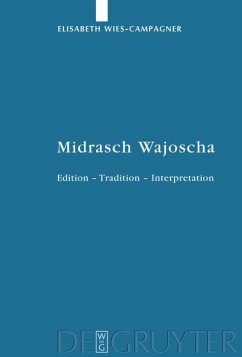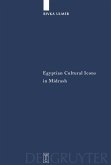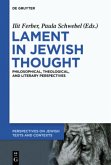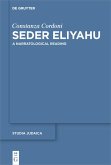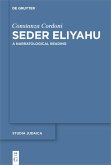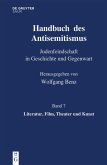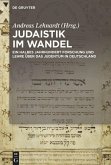Until recently this mediaeval Aggadic Midrash, with its homiletic interpretation of verses from Genesis and Exodus, was known only in one of the two first-print variations. Besides the Akedah, this version of the Midrash also contains a final chapter with apocalyptic motifs such as Gog and Magog and the Antichrist Armilus. An examination of an earlier version based on 17 manuscripts dating from the 13th century to the first print of 1519, indicates that it can be seen as the forerunner or basis of the known version, also first printed in 1519. A key element of this early version is the introduction of the guardian angel of Egypt called Uzza and a commentary on Exodus 15:1-18, which includes parts of the story of Moses and the ten plagues. Extensive text analysis has revealed both early and contemporary sources, whilst comparisons with mediaeval Ashkenazic Synagogue poetry indicate the influence of historical events such as the crusades. Parts of both forms of tradition were absorbed in Yiddish and rhyming vernacular, probably in the 15th century.
Dieser aggadische mittelalterliche Midrasch, der in homiletischer Interpretation Verse aus Genesis und Exodus behandelt, war bisher nur in einer der beiden Erstdruckvarianten bekannt. In dieser Texttradition enthält der Midrasch neben der Akeda auch ein Endkapitel mit apokalyptischen Motiven wie Gog und Magog und dem Endfeind Armilus. Anhand von 17 Handschriften aus der Zeit vom 13. Jahrhundert bis zum Erstdruck 1519 wurde eine frühe Texttradition erforscht, die als Vorläuferin bzw. Grundlage der bekannten Version zu betrachten ist und die ebenfalls 1519 erstmals gedruckt wurde. Kernstück dieser Grundform ist die Einführung eines Völkerengels Ägyptens namens Uzza und ein Kommentar zu Ex 15,1-18, in den auch Teile der Geschichte des Moses und die Zehn Plagen aufgenommen wurden. Umfangreiche Textanalysen zeigen frühe, aber auch zeitgenössische Quellen auf, während Vergleiche mit der mittelalterlichen aschkenasischen Synagogalpoesie auf Einflüsse von historischen Ereignissen wieden Kreuzzügen hinzuweisen scheinen. Teile beider Traditionsformen wurden, wahrscheinlich im 15. Jahrhundert, volkssprachlich in Jiddisch und in Reimen rezipiert.
Dieser aggadische mittelalterliche Midrasch, der in homiletischer Interpretation Verse aus Genesis und Exodus behandelt, war bisher nur in einer der beiden Erstdruckvarianten bekannt. In dieser Texttradition enthält der Midrasch neben der Akeda auch ein Endkapitel mit apokalyptischen Motiven wie Gog und Magog und dem Endfeind Armilus. Anhand von 17 Handschriften aus der Zeit vom 13. Jahrhundert bis zum Erstdruck 1519 wurde eine frühe Texttradition erforscht, die als Vorläuferin bzw. Grundlage der bekannten Version zu betrachten ist und die ebenfalls 1519 erstmals gedruckt wurde. Kernstück dieser Grundform ist die Einführung eines Völkerengels Ägyptens namens Uzza und ein Kommentar zu Ex 15,1-18, in den auch Teile der Geschichte des Moses und die Zehn Plagen aufgenommen wurden. Umfangreiche Textanalysen zeigen frühe, aber auch zeitgenössische Quellen auf, während Vergleiche mit der mittelalterlichen aschkenasischen Synagogalpoesie auf Einflüsse von historischen Ereignissen wieden Kreuzzügen hinzuweisen scheinen. Teile beider Traditionsformen wurden, wahrscheinlich im 15. Jahrhundert, volkssprachlich in Jiddisch und in Reimen rezipiert.

